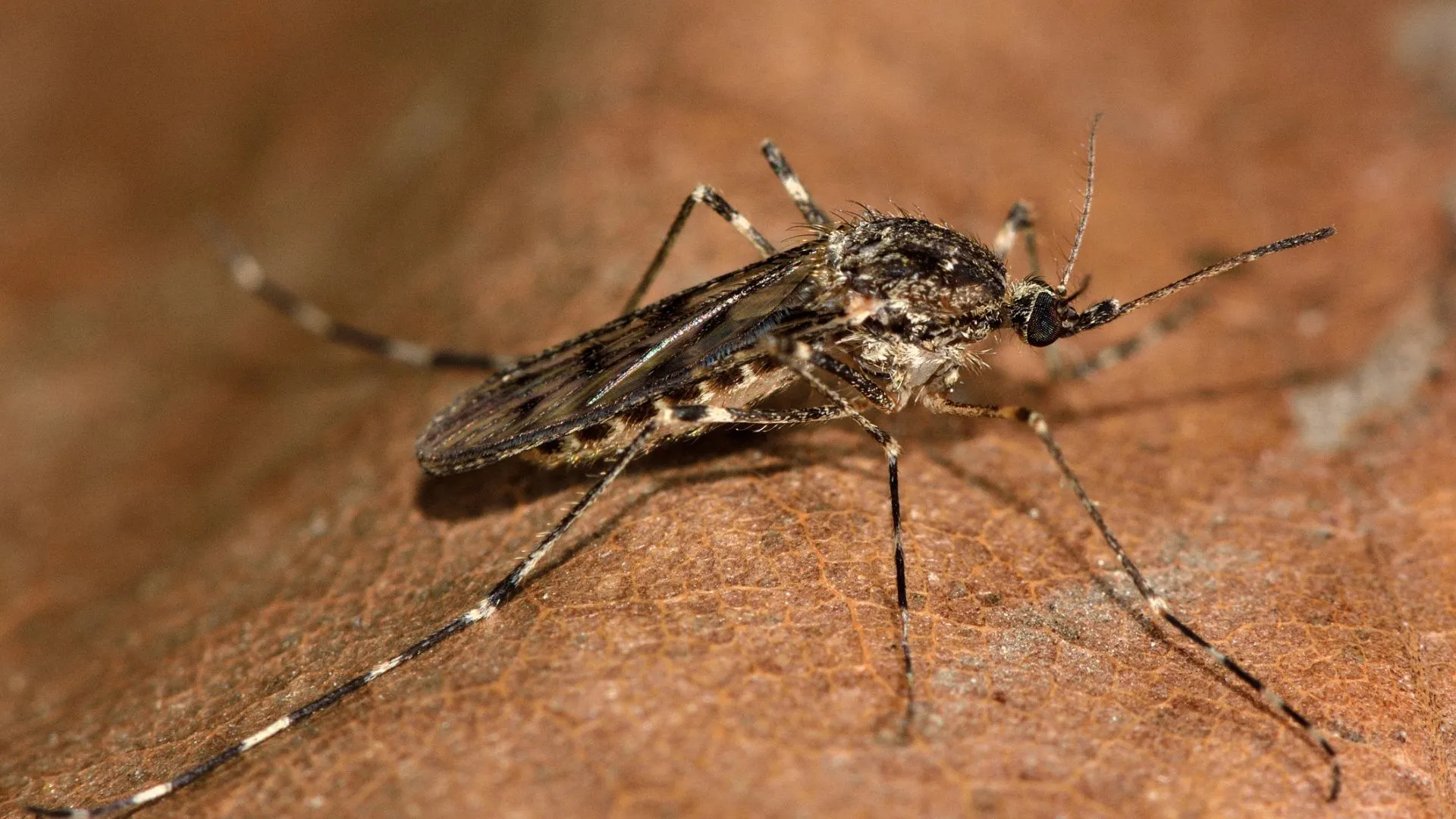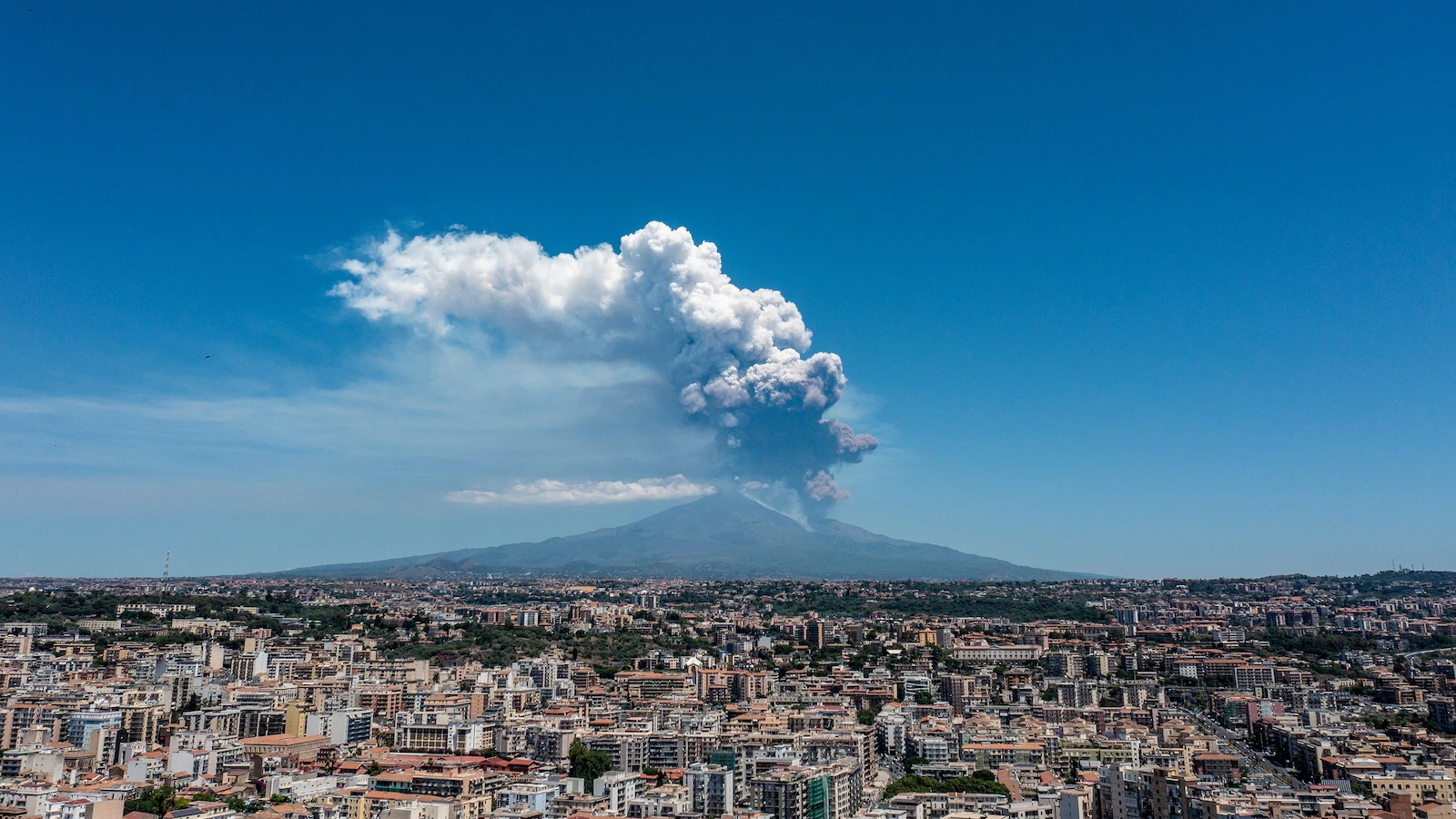Copyright Interesting Engineering

Mosquitoes have now been found in Iceland, a country that was previously one of the very few places in the world to be free from these insects. The mosquitoes were discovered in Kiðafell, Kjós. The initial sighting occurred on October 16 when citizen scientist Björn Hjaltason detected an unusual fly on a red wine trap he used for moths. “At dusk on October 16, I caught sight of a strange fly on a red wine ribbon,” Hjaltason posted on the Facebook group “Insects in Iceland.” “I immediately suspected what was going on and quickly collected the fly. It was a female,” the post added. He subsequently collected two more specimens. The three insects – two females and one male – were identified by entomologist Matthías Alfreðsson at the Natural Science Institute of Iceland as Culiseta annulata. It is a known cold-resistant species in Europe and North Africa. Warming trend in Iceland The arrival of mosquitoes in Iceland could be associated with the effects of global warming. Iceland is experiencing warming at a rate that’s four times faster than the average for the rest of the northern hemisphere. This has led to significant environmental shifts. Evidence of this rapid warming includes collapsing glaciers and the increasing presence of southern fish species, such as mackerel, in Icelandic waters. This year, Iceland experienced multiple record-breaking high temperatures in May. The country typically sees highs above 20°C (68°F) for only two to three days in May, but that threshold was exceeded for 10 consecutive days in various locations this year. Furthermore, Iceland recorded its hottest May day ever at Eglisstaðir Airport, where temperatures reached 26.6 °C (79.8 °F). Scientists have long predicted that mosquitoes could establish themselves in Iceland, given its breeding habitats like marshes and ponds. While the harsh climate traditionally deterred many species, the ongoing warming trend now appears to have allowed the cold-resistant Culiseta annulata to thrive. This species’ ability to survive Icelandic winters by sheltering in basements and barns further aids its establishment. The Culiseta annulata species frequently lays its eggs in artificial containers like rain barrels, buckets, cisterns, flowerpots, and discarded tires. Arrival remains a mystery The exact method of its arrival remains unknown, though one theory suggests it may have arrived via ships or containers. Monitoring will be necessary in the spring to confirm if the newly arrived mosquito species has survived the winter and become “truly established in Iceland.” Rising temperatures make new territories more hospitable and benefit mosquitoes by allowing them to grow faster and live longer. Entomologist Alfreðsson is unsure if climate change directly caused this discovery. However, he notes that warming temperatures will likely increase the potential for other mosquito species to become established in Iceland if they arrive. This localized event in Iceland mirrors a global trend. In the UK this year, for example, eggs of the invasive Egyptian mosquito (Aedes aegypti), which can spread tropical diseases like dengue, were discovered.



